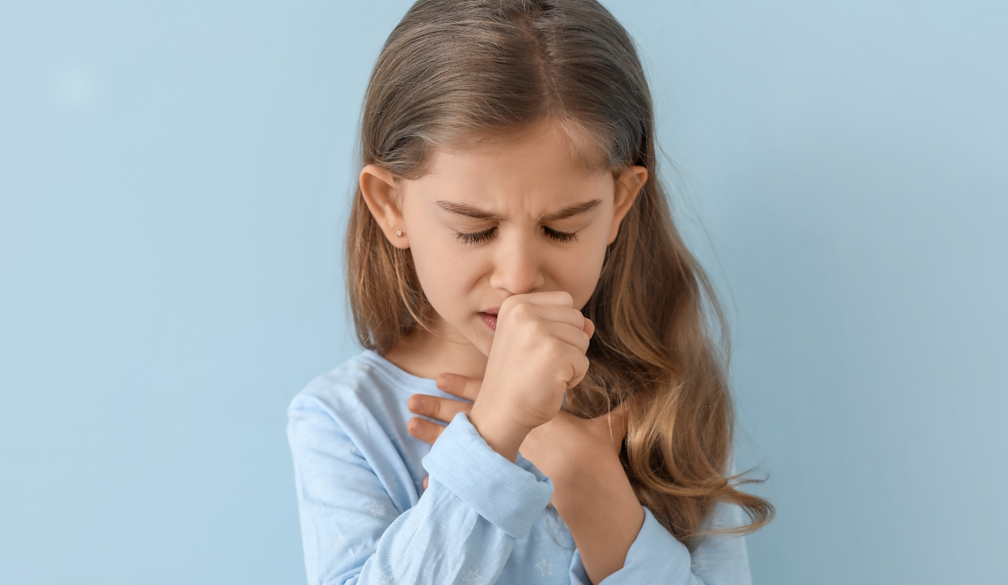How to help your child return to school after a long illness, new diagnosis or an accident
- Written by Sarah Jefferson, Senior Lecturer in Education, Edith Cowan University

It is very common for children to have a day or two away from school due to illness. But children can also miss much longer periods of schooling[1] if they have a serious illness or injury.
This could be a severe episode of mental illness, a diagnosis of Type 1 diabetes or in my family’s case, our youngest child being hit by a car at a pedestrian crossing, requiring months of rehab.
After the initial shock, treatment and recovery, families then need to navigate a complex return to school[2] – to make things as normal as possible for the student while handling their ongoing medical needs.
How can families support their child?
How many students are missing school?
There are many reasons why children may need to have a significant break from school.
At least one in every ten children[3] under the age of 14 live with a chronic health condition.
These conditions, which can include heart disease, diabetes and asthma, mental illness and cancers can lead to weeks or months in hospital.
A 2018 study[4] found 70,000 Australians under 16 are also hospitalised with a serious injury each year.
Come back with a plan
We know going to school is central to children’s social and emotional wellbeing[6], as well as their academic progress. So getting back to school is a key part of a student’s ongoing health and wellbeing.
The Royal Children’s Hospital Melbourne warns[7] children can get mentally and physically tired after a long or serious illness.
So they recommended returning to school gradually. Students may just go for half days or for a few hours initially.
To make this as smooth as possible, parents or caregivers should meet with the school before you hope to return. This meeting should include the student if possible, relevant teachers (such as class teachers and year-level coordinators) and school nurse.
Not all schools have a dedicated nurse[8]. But if there is one available, they can play an important liaison role and manage a child’s medications or situation at school. If there is no nurse, make sure you include the school’s administration team.
The meeting with the school should make a clear plan around what new support the student needs[9] and how they will receive this. They may need changes to their uniform, timetable or where they physically go in the school. Students may also need extra time to do work, extra academic help and extra breaks.
Families may also want to schedule regular catch-ups with the school.
How is the student feeling?
Children can be worried about not fitting in, especially if something significant has happened to them that makes them feel different from their peers. They may not want a huge fuss[11] when they come back.
Arranging time to talk to or see friends before they come back can help ease a student into their new routine.
Depending on the situation, you could enlist a trusted buddy to help with bags or walk a bit more slowly with them between classes.
Or students may get special permission to leave class a bit early to avoid crowds, or to be able to go and see the nurse without asking the teacher each time and drawing attention to themselves.
As your child returns, make sure the focus is not just on catching up academically but catching up with friends as well. If their hours are reduced at school, try and allow for social time (such as including recess or lunch) as well as lessons.
Your child will likely be dealing with a lot, both mentally and physically. So keep talking to them as much as possible about how they are feeling and going as they return.
Things may have changed for them (and for you), but with time and support, school can feel like a normal part of life again.
References
- ^ miss much longer periods of schooling (s3.ap-southeast-2.amazonaws.com)
- ^ navigate a complex return to school (www.researchgate.net)
- ^ one in every ten children (www.unsw.edu.au)
- ^ 2018 study (injuryprevention.bmj.com)
- ^ moonmovie/Shutterstock (www.shutterstock.com)
- ^ central to children’s social and emotional wellbeing (www.ncbi.nlm.nih.gov)
- ^ Royal Children’s Hospital Melbourne warns (www.rch.org.au)
- ^ schools have a dedicated nurse (theconversation.com)
- ^ new support the student needs (www.rch.org.au)
- ^ engagestock/Shutterstock (www.shutterstock.com)
- ^ not want a huge fuss (www.lifespan.org)

















